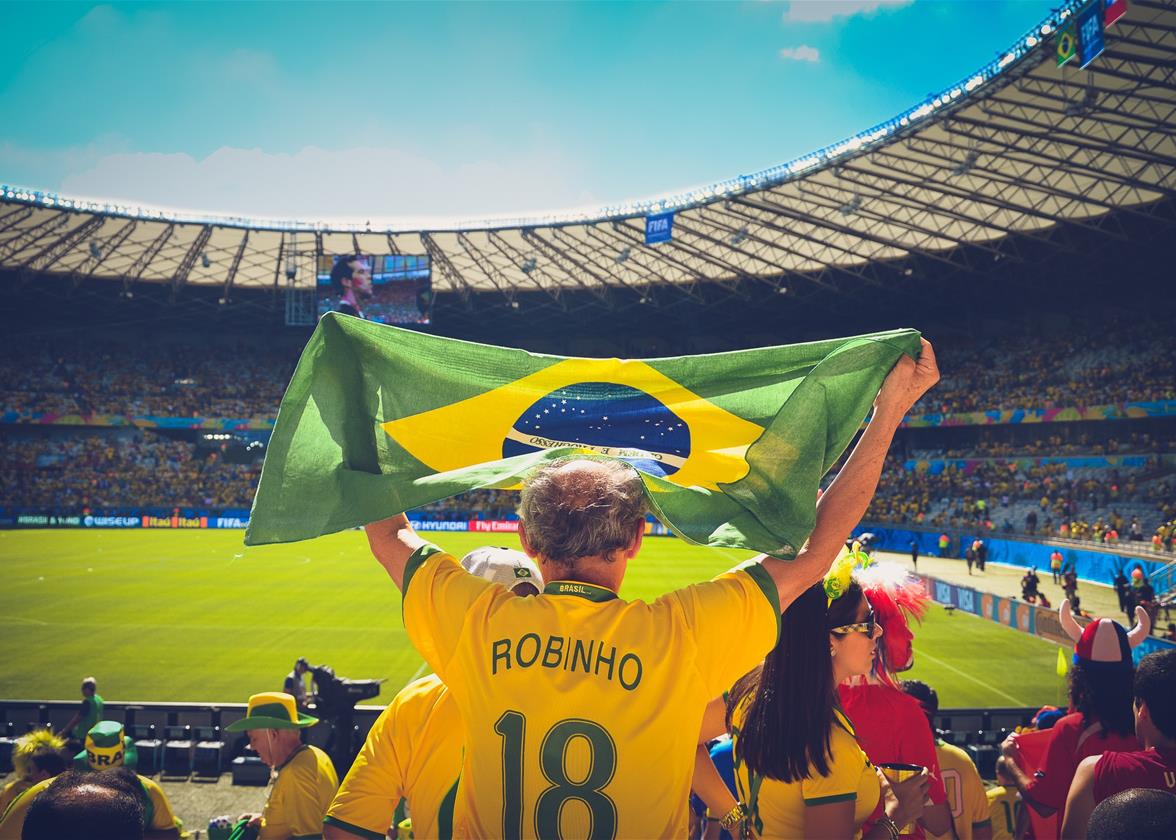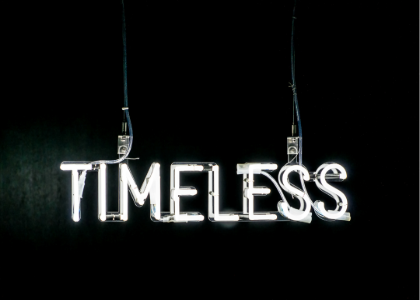Blog

The Story and Meaning of the Brazilian Flag
After hosting two major world events, the FIFA World Cup in 2014 and the Summer Olympics in 2016, Brazil has made its mark on the world stage. Brazil, the largest country in South America and the Southern Hemisphere, has had an unusual history stemming from its past with Portugal. With that being said, it is not only Brazil’s history that is unique, but also its national flag. Have you noticed all the details on the Brazilian flag? Let's take a closer look.
Why is Brazil's state flag so unique?
What do the Brazil flag and motto symbolize exactly?
Visualize all the flags in the world. You will soon see that Brazil’s national flag, in Portuguese the Bandeira do Brasil, is like no other. It is green with a yellow rhombus and a blue circle in the middle. Although there is a circle on several flags, like Bangladesh, Japan, and South Korea, none of them have a diamond in the background. You’ll find small stars and constellations, in the blue circle on the flag, as on the flags of Australia and New Zealand. But what makes it such an out-of-the-ordinary creation?
What is the motto of Brazil?
The motto of Brazil, "Ordem e Progresso" (Order and Progress), crosses over the middle of the blue globe and is part of the national flag. It is said this motto was used since 1889. In our opinion, it is quite effective, because it is both short and representative. It is indeed something to think about if you are looking for a company motto or slogan.
The history of the old Brazilian empire flag and colors
To understand the origins of the Brazilian flag, we have to go back to 1822 and the declaration of independence vis-à-vis Portugal when Pierre I created the Empire of Brazil. At first, the circle was an imperial coat of arms. The green in the rectangle of the flag was chosen to represent the family of Emperor Peter I, from the second house of Braganza, a royal dynasty in Portugal. However, this ever-present hue has now become more symbolic of Brazilian nationality, which is the very famous Amazon rainforest.
The yellow on the flag has had different meanings over the years. First, the diamond symbolized the House of the Habsburg family, the dynasty of Empress Marie-Leopoldine of Austria, wife of Peter I. Second, after the creation of the Republic of Brazil, the diamond symbolized the immense presence of gold reserve in the country. Interesting fact, between 1500 and 1900 Brazil discovered more gold than what has been discovered in human history. Following the end of the empire, Brazil decided on a new flag. The first version, with yellow and green stripes with stars in the upper left corner, was very similar to the flag of the United States. However, since the proclamation of the republic, the government finally opted for a new version of their old flag instead of taking inspiration from the flag of another country.
What do the 27 stars on the Brazilian flag represent?
Several flags have stars, it goes without saying; however, if you take a close look at the Brazilian flag, you will see in the blue circle that the small stars are distributed in a particular way. The blue globe represents the view of the starry sky from Rio de Janeiro which was the capital of the country between 1763 and 1960. The Brazilian flag now has a total of 27 stars representing the federal states and districts, although there were only 21 stars on the original flag. As already mentioned, the stars represent the constellations visible from Rio since November 15, 1889, the day when Brazil became a republic. Other features include the Southern Cross constellation, which can also be seen on the flags of Australia, New Zealand, and Papua New Guinea, as well as the constellations of Scorpio, Canis Major and Canis Minor.
Each Brazilian state is represented by a star, unlike other flags. For example, São Paulo is represented by the Alpha Crucis star in the Southern Cross constellation, while Paraíba is the Kappa Scorpii star, in the Scorpio constellation. Nothing was left to chance, 26 stars are strategically located under the motto, while one, representing the region of Pará located in the north-west of Brazil, is at the top.
If you are looking to create a logo, you should consider using the star shape if it is relevant to you, just like Brazil did for its national flag.
In short, few states can boast about having a different and complex flag. At first sight, it is recognizable and unique. Upon closer examination, there is a deep and rich story. You may no longer see this flag in the same way.
Which flag do you find eccentric? Which national flag would you like us to analyze for you? Recently, we have analyzed the meaning of the South Korean flag.
This article is dedicated to our Brazilian colleagues whom we greatly appreciate!
More tips and tricks on the blog


